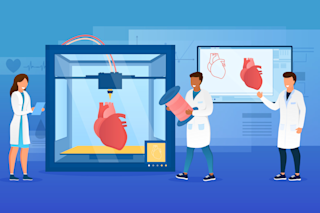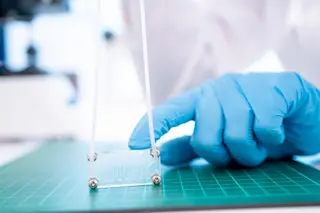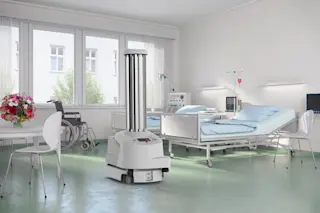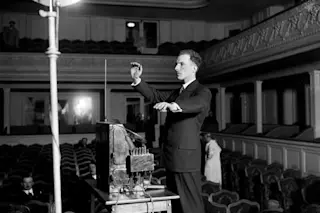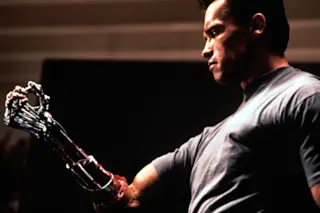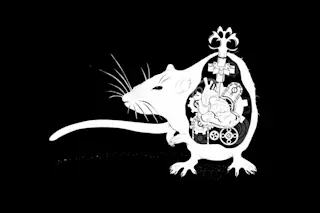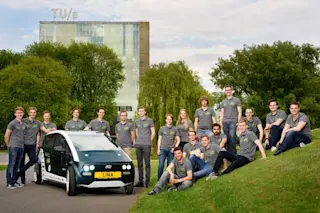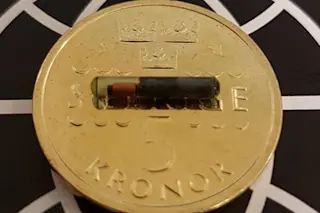THE STUDY
"Nano Neuro Knitting: Peptide Nanofiber Scaffold for Brain Repair and Axon Regeneration With Functional Return of Vision," published in Proceedings of the National Academy of Sciences. The authors made blind hamsters see again.
THE PROBLEM
Every year, 235,000 Americans are hospitalized for traumatic brain injuries, and 550,000 survive severe strokes. Since neurons don't regenerate, the damage is often permanent. Rutledge Ellis-Behnke, a neuroscientist at MIT, would like to change that by finding a way to repair brains.
THE FINDINGS
Before they could restore vision, Ellis-Behnke and his colleagues had to start by taking it away. They performed brain surgery on 16 hamster pups, anesthetizing the rodents and severing the optic tract on one side of the brain. Then the researchers set out to undo the damage they had inflicted.
The MIT team developed a neuron-healing mixture they call self-assembling peptide nanofiber scaffold solution—or in simpler terms, a solution ...



